Artificial Food Colour: Harmful or Harmless?
 |
| Photo by Brooke Lark on Unsplash Edited by ConSCIENCE |
We all love to eat different colourful stuffs like chocolates, cookies, sweets, ice creams, candies etc., those primarily having artificial food colours. But, is it safe for our health? Is artificial food colour harmful or harmless?
Let’s talk a bit. Artificial colours are used to intensify the natural colour of food or to bring a vibrant colour to make it more appealing.
Bright coloured food attracts a lot of people specially children and we all eat those foods without being aware of some health risks of such food colours.
Consumption of artificial food colours are now increased 500% in the last 50 years and side by side associated health issues are also increasing, like hyperactivity in children, allergy and most importantly Cancer, as the worst fate.
This article brings you about the knowledge of some harmful artificial food colours that should be avoided.
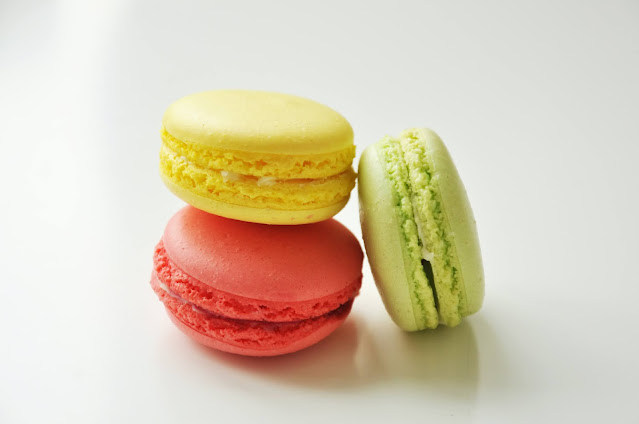 |
| Photo by Tatiana Lapina on Unsplash |
What is artificial food colour or food dye?
Colourful foods look very
nice and it attracts us more. Children are very fond of
those colours. Those colourful foods contain artificial food dye which are
mainly a chemical compound used for a better appearance by adding a great
colour to it.
It is a fact that, nowadays many artificial colours
are produced as petroleum by-products or from some raw materials obtained from
coal tar since before.
Most of the food colours were toxic in past. After so
many testing for toxicity, nowadays very few food dyes are used in the food. Till
we need to be very careful for those artificial food colours before ingestion [1].
USA Food and Drug Administration (FDA) have approved some of the food colour, but not all the food colours as safe in all country, some dyes are used in one country whereas banned in other country. So, you need a clear knowledge regarding those dyes before consumption.
 |
| Photo by Sharon McCutcheon on Unsplash |
Some artificial food colours
There are six FDA approved food dyes available in
which Red 40, Yellow 5 and 6 are the most common food colours used in different
foods. FDA permitted artificial food colours are as follows:
Red 3 or Erythrosine (Cherry Red)
Red 40 or Allura Red (Dark Red)
Yellow 6 (Sunset Yellow)
Yellow 5 or Tartrazine (Lemon Yellow)
Blue 1 or Brilliant Blue (Greenish Blue)
Blue 2 or Indigo Blue (Royal
Blue)
Another two food dyes i.e.
Citrus Red 2 and Green 3 are also available in America but banned in Europe [2].
The Food Safety and Standards
Authority of India (FSSAI) permits eight artificial food colours, of which six are
used, i.e. Red 3, Yellow 5 and 6, Blue 1, Carmoisine and Ponceau 4R.
 |
| Photo by American Heritage Chocolate on Unsplash |
This food dyes are widely used in candy, cake icing, energy
drink, soft drinks, cereals, sauces, ice cream, baked foods etc.
Here you can found a detail list of foods that may
contain artificial food colours or food dyes. These are as follows:
Colourful
chocolates
Sweets
Cookies
Popcorns
Ice
creams
Candies
Doughnuts
Beverages
Fruit
juices
Cereals
Tomato ketchup
Snacks
Hot dog
Energy drink
Sports
drink
Baked
goods
Frosting
and cake icing
Beside
this, artificial food colours are used in pickle of some brands or salads, even
in medication.
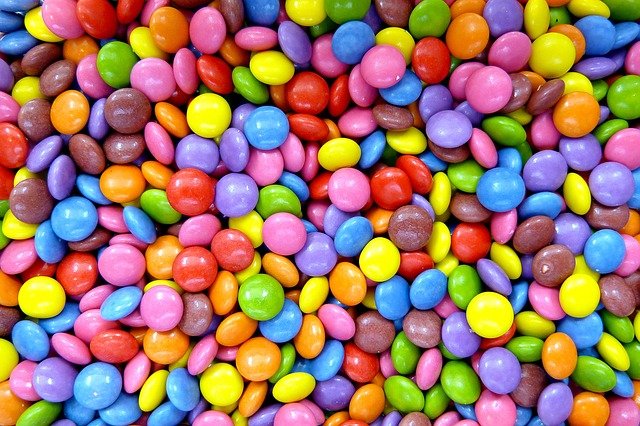 |
| Image by Hans Schwarzkopf from Pixabay |
Is artificial food colour safe or not?
Our intake of food dyes are increasing day by day. Nowadays,
our breakfast cereals to desserts are more colourful.
There are, some natural colorants from ‘beet’ are
available but, manufacturers are opting for synthetic food dyes as it has a wide
variety and good intensity of colour, but it has dangerous side effects and
health issues specially on children.
Nowadays, researchers are trying to establish the risk
factors of some available food dyes in the market. Some food dyes have showed
hyperactivity, allergies, learning impairment, irritability, sleeping problem,
memory loss, depression, restlessness and aggressiveness in children [3].
Research is underway regarding these behavioural changes
in children. A pediatric allergist first established the correlation between
the hyperactivity in children and consumption of food colours.
There is so many controversies regarding its cancer
causing potentiality and we found a mixed response. Most serious consequences
were found regarding Red 40, Yellow 5 and 6. It contains some harmful ingredients
like benzidine, 4-amioazobenzene and 4-amiobiphenyl that potentially causes cancer [4]. Though this
chemicals are till added to the foods as it is present in very low quantity and presumed
to be harmless if consumed limitedly.
There is a controversy regarding the ability of the
cancer producing power of Red 40, Yellow 5 and 6. Many studies have declared
the mentioned dyes safe as there is not enough example of causing cancer [5].
In India, indiscriminate use of Blue 1 in sweet is
responsible for asthma, liver damage and renal failure.
Whereas, other food colours were tested and found
positive for causing brain tumour in animals. It is reported that Blue 2 and 3
are also responsible for tumour in animals. But, there is again controversy
that if these two dyes are mainly responsible for tumour or not [6].
While, Red 3 is another controversial dye, there is
not enough evidence that it alone can cause the thyroid tumours in male rats [7].
So, food dyes are sometimes harmful or sometimes harmless. More research is needed to prove all the consequences regarding overeating of food colours [8].
Food colour in Indian Perspective
In India, to attract the low budget customers a
general malpractice is to use unhealthy, cheap food colours, mostly, avoiding the
recommended ones. One example is the use of “Metanil Yellow”.
Metanil yellow is a non permitted synthetic dye widely
used in India, specially in West Bengal by different unorganized sectors in
turmeric powder, besan, sweets like ‘Laddu’ and ‘Mihidana’ [9].
It is a banned dye by PFA Act, 1954, Govt. of India, and it is mean to be used only in industrial purpose, but this industrial dye is predominantly used by the cheap unorganized sector in human food.
Metanil yellow is an azo dye, derived from benzidine
and known to be carcinogenic to human and others animals. Studies showed that metabolism
of azo dyes converted to aromatic amines by gut bacteria which are potentially
carcinogenic and mutagenic [10].
Your favourite ‘laddos’ may be rich in metanil yellow
which leads to insufficient oxygen supply to skin and mucous
membranes. It shows degenerative changes in the stomach, abdomen, liver, kidney
and testes [11].
 |
| Photo by Sharon McCutcheon on Unsplash |
Colourful foods look good but for the sake of your health try to invest in
natural colour food items, not in artificial food colour. Because, it can be
very dangerous to our health as there is not a clear vision in front of us.
Therefore, considering the cancer causing ability of
the food dyes and some behavioural changes in children, we should refrain ourselves
from eating those brightly coloured foods.
If you are concerned about the food colours, then just see the back labels, mainly for Red 40, Yellow 5 and 6 before buying any packaged food, I mean whenever it is possible to check [12].
A campaign was launched regarding health risks of synthetic food colours by the ‘Bakers Association’ to avoid the artificial colour containing food in a whole [13]. Such awareness programmes and sensitization through literature are much needed to fight against this potential havoc. So, please avoid coloured foods as much as you can and have a happy life...
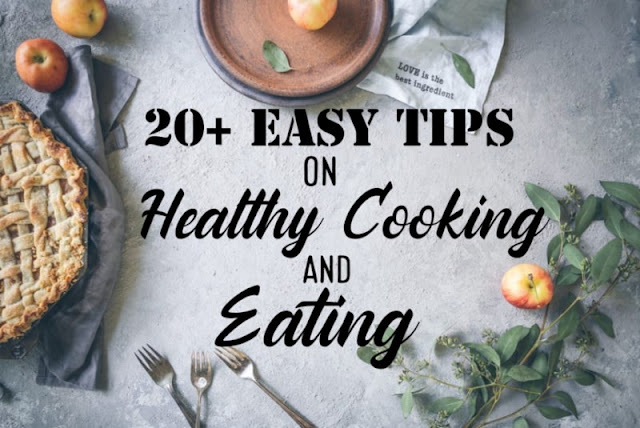

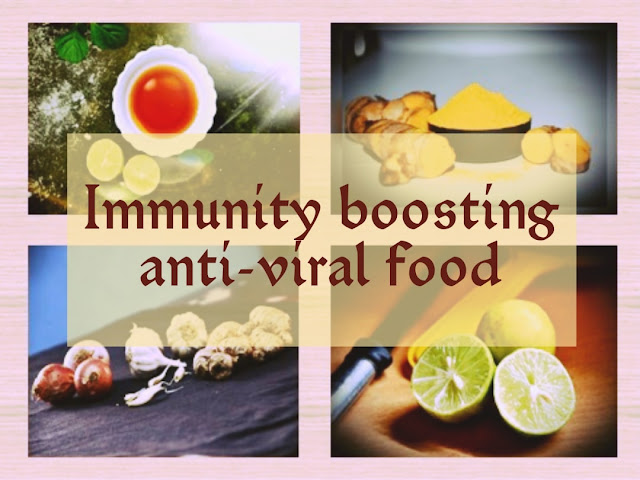
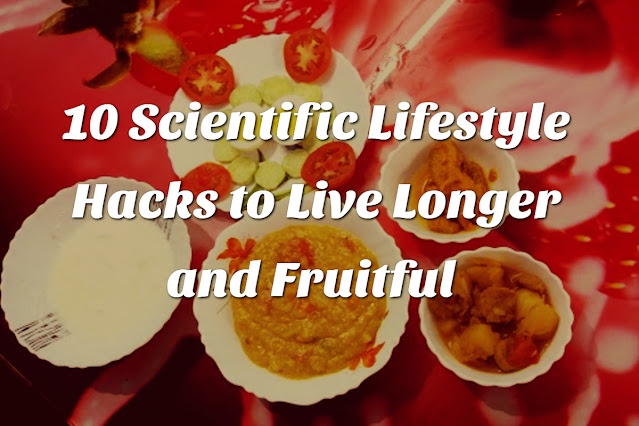






Important information on artificial food colours are presented well. Hope we will conquer soon....
ReplyDeleteThank You Sir...We will try to Conquer very very Soon. .
DeleteThank you very much Kuntal for your continuous support. Yes, we will conquer soon. Keep supporting.
DeleteI like colourful foods and find it much more attractive...but after reading this informative article...I will limit my cravings for colourful deliciousnessness...thank you so much for sharing such good informations....your article topics choosing abilities are great and very helpful...Carry on....never stop...I always support you...Thank you so much..😊😊
ReplyDeleteHey Mou,
DeleteYou're most welcome.
Thanks a lot for your uplifting comment. Keep following my blog. Have a happy day. 😊😊
very informative article and thank you for sharing about harmful effects of artificial food colour.
ReplyDeleteMost welcome, keep supporting..
DeleteExcellent write up & a very informative article.
ReplyDeleteThank you Sayoni for your uplifting comment. Keep following.
DeleteExcellent 👍
ReplyDeleteThank you Dr. Aniket. Keep following. 😊
DeleteThank u mam fr this informative article 😀😀
ReplyDeleteMost welcome. Keep following. 😊
DeleteVery very informative.... it must be conveyed to the teenagers group... 🤘🤘
ReplyDeleteThanks a lot.. Keep following.. 😊
DeleteVery informative article it is...not gonna attracted to colourful foods from now onwards..Thank you Ma'am for this beautiful article.
ReplyDeleteMost welcome.. Make everyone aware..
DeleteKeep following..
Usefull information 👌👌👌👌
ReplyDeleteThanks a lot.. Keep following.. 💐💐
DeleteVery informative article. Your sincere efforts to spread awareness regarding artificial colorant is much appreciable.
ReplyDeleteThank you Utpal Da for your valuable comment.. I'm so glad you found it useful.. Keep supporting.. 💐💐
DeleteVery informative. Will help me in teaching the students of my school and in making them aware.
ReplyDeleteThank you very much.. Make everyone aware..
DeleteKeep following..